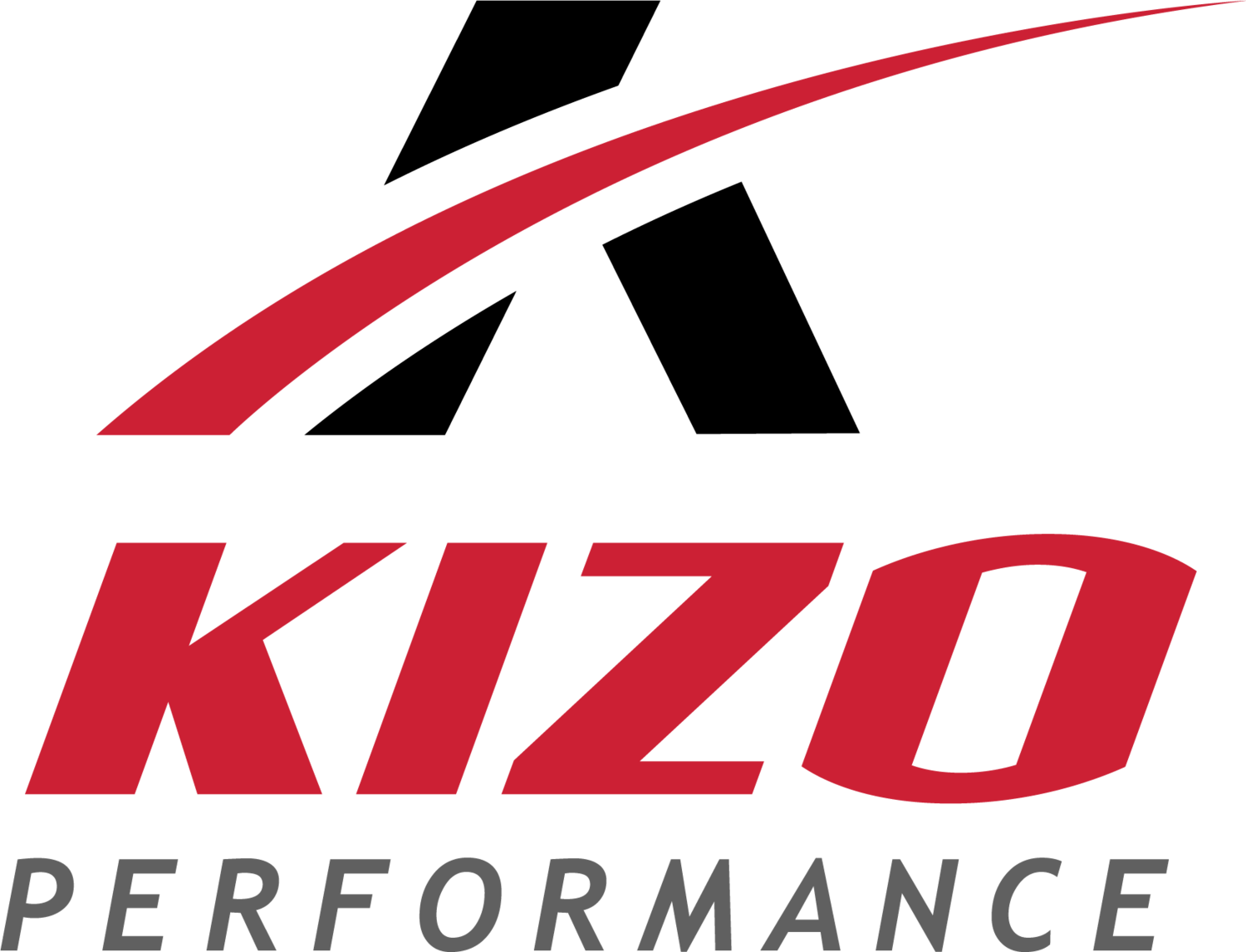Cultivate Your Culture: How to Foster Values-Based Teams
6 min readWhat you’ll learn
Why core values are important
Performing a cultural audit
Co-Creation
In the sixth episode of Cultivate Your Culture, Zoran and Jennifer Wallinga chat about creating team values. Jennifer is a former member of Canada’s Commonwealth, World, and Olympic gold medal rowing teams, a University Professor at Royal Roads University, and the owner of Integrated Focus Consulting. She holds a PhD in Organizational Studies and works with individuals, teams, and organizations to develop strong team connections.
Our Values, Communicated
When asked what team culture means to her, Jennifer said that culture is how our values are being presented. This is seen in more than just verbal communication, as values can be represented in our body language, decision making, and artifacts of the organization. When looking at a culture, you are looking at what values the team is communicating. The cultural values of an organization represent not only individual values such as moral codes, but the interpersonal values as well, such as how the group collaborates with each other and where the resources are invested.
Culture is created through how well the values of the company and the core values of individuals align. As Jennifer states, developing culture is developing integrity based around what we say we believe. This integrity is important to acknowledge, as integrity is a metric of how balanced and confident we are. When integrity is missing and values are not aligned, there becomes a lack of focus and clarity. This leads to confusing messages and frustration throughout teammates, and this sort of agitation can suck the life out of an organization. There is also a cost associated with misalignment of personal and company values. The dissonance is uncomfortable and negatively impacts mental health, which can then affect performance. Jennifer encourages individuals to go through your own core values to see if they’re aligned with your team or company and know when to cut those who don’t fit. Jennifer also states that it should be the responsibility of the leaders to facilitate the culture of the organization. The values of an organization create the foundation of the work, and they should not be treated as a tertiary variable.
Co-Creation
Jennifer also spoke about the differences between a company and a sports team when it comes to choosing the values that are to become the core of the organization. In sports, coaches usually have more experience and expertise, and are therefore more qualified to build the framework of the team, while keeping collaboration in mind. In a sport team there’s a more formal invitation to sign on and participate, as well as a more straightforward goal. In a company, even if there is a structured hierarchy, there is a more even balance of power in terms of expertise. Especially in these types of environments, it’s important to foster co-creation, as individuals may feel imposed on if they don’t get a say in what matters to them.
When it comes to monitoring culture, Jennifer brings up the idea of a cultural audit. Have one on one conversations with your teammates and look for the discrepancies in values vs behaviour. Find the cracks in the foundation of the company before they turn into major issues. From these conversations, create real change based on the feedback you’ve been given. Jennifer believes that a lack of trust is one of the most toxic behaviours on a team, and one way this can form is from repeatedly watching your leaders address issues without finding a solution. Every time a leader exhibits behaviour that contradicts the core values of the organization or ignores feedback, that integrity is hurt.
Measuring Culture is Measuring Misalignment
When it comes to measuring culture, Jennifer agrees that there are both good and bad metrics. A survey such as the Cultural Value Assessment is one good tool, but any measurement needs to be robust and thorough. Jennifer suggests looking for misalignment between behavior and core values and keep note of how often these slip ups occur. It’s also good to keep communication going even after the meetings. How do your teammates behave or speak about the organization to each other, during breaks, or outside work? Jennifer also encourages the use of exit interviews to see if people are leaving due to value misalignment with the company.
As many of CYC’s guests have stated before, culture is communication, and when it comes to cultivating it, you have to find what works best for you to connect with your teammates. Execute what you create together and hone not only your sport or leadership skills, but your emotional and mental ones as well. Treat every individual as unique, and don’t be afraid to have the hard conversations.
Making it Happen
For a resource, Jennifer suggests Amy Edmondson’s research on Psychological Safety.
Find out how to have the conversations that address your organization’s shortcomings here
Noticing toxic behaviors on your team? Learn how to remove them in last week’s episode




